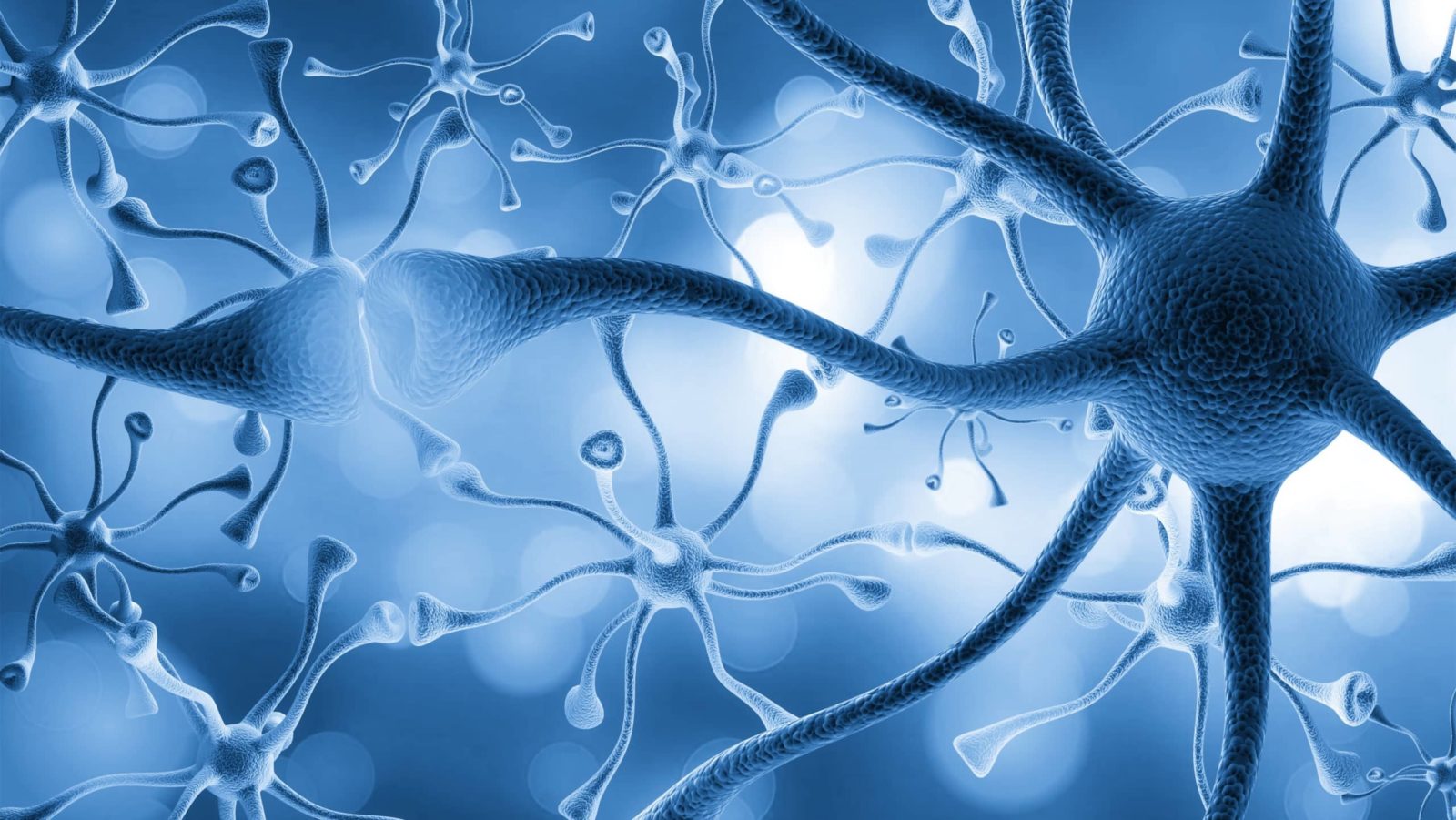At-A-Glance
- When you swallow or open your mouth widely, you will notice a clicking sound; that is your eustachian tubes (ETs) briefly opening. The purpose of the ETs is to equilibrate the pressure inside your ears with the pressure in the outside world.
- The pressure-equilibrating port — the connection between the middle ear and the outside world — is in nasopharynx (the back of the nose). Unfortunately, if the ET openings are swollen from reflux, pressure equilibration cannot happen as it should.
- Until recently, acid reflux, Respiratory Reflux (aka LPR) was not recognized as a cause of eustachian tube malfunction — with ear symptoms such as uncomfortable ear-pressure and fullness, ear pain, hearing loss, and even tinnitus (ringing in the ears).
Note: Respiratory Reflux (RR) and Laryngopharyngeal Reflux (LPR) are synonyms, and the terms can be used interchangeably. Going forward, I prefer the term RR and so should you: it is easier to pronounce, more intuitive, and it implies that RR can affect any and all parts of the respiratory system, which it does.
Can Reflux Cause Ear Symptoms?
Reflux-caused ear symptoms may be similar to what you may have experienced while descending from altitude in a pressurized aircraft; you notice that your hearing is off and that the pressure makes your ears feel blocked and hurt … and it can be very painful. Yes, to varying degrees, reflux can do all this, too.
A feeling that the ears are full, uncomfortable ear-pressure and fullness, ear pain, hearing loss, and even tinnitus (ringing in the ears) are common reflux-caused ear symptoms.
Case Example: A distraught 32-year-old software developer came to see me with a two-year history of “disabling” ear pressure, pain, and tinnitus in both ears. (He had no hearing loss, having had four previous normal audiograms, hearing tests). He did, however, have other respiratory reflux symptoms — post-nasal drip, chronic throat-clearing, and mild globus — the significance of which he minimized.
He was obsessed with his ear pain and tinnitus; he felt those symptoms were destroying his life. And, he had already seen seven otolaryngologists (ENT docs), including three ear specialists. None of the physicians found anything wrong with his ears, and three had recommended that he see a psychiatrist.
Crazy? He came to me thinking that he might have LPR. He was adamant that his ear symptoms were disabling. He wanted a diagnosis and relief. On my examination, he had obvious respiratory reflux; and his ET areas demonstrated inflammation and swelling with thick mucus on the back wall of the pharynx and some coming out of the ET; see below.

The left-hand photo shows a normal ET: The dome-like structure with a dimple (that leads to the ET opening). On the right, the same area is shown in a patient with reflux and ear symptoms. Notice that the entire area is swollen with some thick mucus on the back of the pharynx and coming out of the ET. In addition, there is obliteration of the Fossa of Rosenmuller (the space/grove behind the ET), and the pharyngeal lining is granular and bumpy … all findings of LPR.
In my reflux testing lab, it was confirmed that the patient had severe silent nocturnal respiratory reflux. The Outcome? Intense (strict) antireflux treatment resulted in subsequent resolution of all of his symptoms … within two months.
What Are the Eustachian Tubes and What Do They Do?
The eustachian (you-stay-shun) tubes (ETs) are interesting anatomical structures; and believe it or not, they connect the ear with the nose with the outside world. In the diagram on the left (below), the ET is the structure that looks like an elephant’s trunk. As a narrow tube the ET connects with the respiratory tract in back of the nasopharynx, the uppermost area of the throat, as shown in diagram on the right.

When supine (on one’s back), the nasopharynx is a prime location for pooling of reflux in people who have silent nocturnal respiratory reflux. It is the low point and acts almost like a pond or lake … it is the lowest spot in the pharynx.

As you can see, the nasopharynx is the epicenter of all-night reflux exposure. Not only can this affect the ETs, but is also in close proximity to the openings of the sinuses; thus, this pattern of reflux can also cause sinus problems.
Bottom Line: Reflux-caused inflammation can cause both sinus symptoms and ear symptoms including a feeling of ear blockage, pressure and pain, as well as tinnitus. These symptoms can be effectively treated … and resolve.










